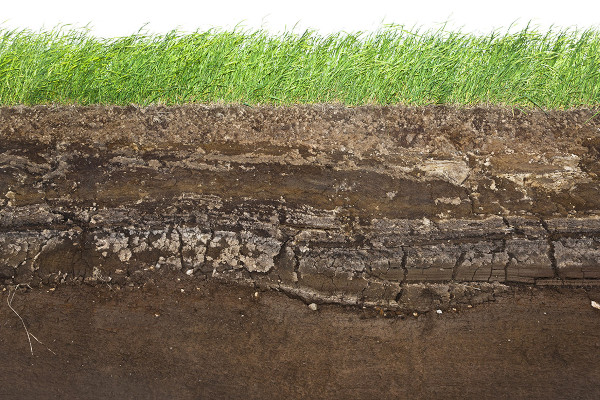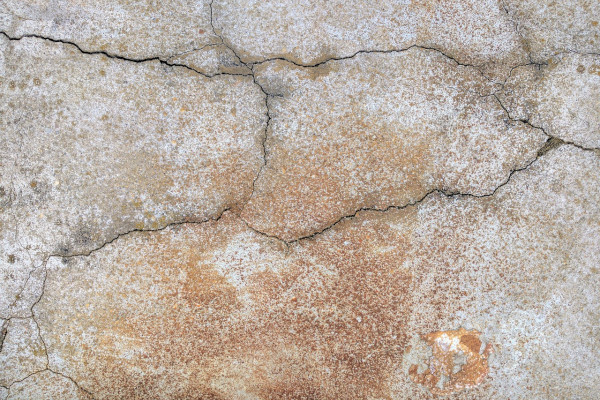Featured Article
Excavations are common on construction sites in the form of pits, trenches, and cuts adjacent to a hillside. Excavations are necessary for construction but can be dangerous. Stiff to hard clays seem very strong and will stand temporarily on vertical cuts for great depths. Clays are, however, deceiving. While the intact strength may be high, the failure occurs through joints. Most clays in Central Texas are jointed due to previous desiccation. When the excavation is performed, the relief of lateral restraint causes a strain to take place in the soil matrix concentrated at the joints and cracks. The strain causes these joints and cracks to open slightly and, if moisture is present, a softening effect occurs. Failure of these types of cuts can occur without warning and catastrophically.
Even so called “solid” limestone can be dangerous. I recall seeing photographs of a high profile case in Travis County some years ago wherein a trench was cut with a saw through Austin Limestone, an apparently solid formation. However, what was not apparent and could not have been apparent except by the most meticulous investigation in advance, was the presence of steeply sloping fracture planes in the limestones. These were the result of ancient tectonic movements in this formation and it just so happened that they sloped toward the trench cut at about 50 degrees from the horizontal. The trench was saw cut to depths of 5 to 10 feet and, after a weekend of rain, water penetrated the joints and softened them permitting a slip of a large block of limestone into the trench. This block, which weighed many tons, happened to catch a worker in the trench with deadly results.
The OSHA regulations of 29CFR 1926.650-.652 published in the Federal Register clearly define procedures and responsibilities for excavation safety. The person doing the excavation has a grave responsibility not only to his employees but to the general public. Excavations should be analyzed for safety and either slope back at an appropriate safe angle or be shored properly. Shoring should be placed from the top and removed from the top. The widely available aluminum, hydraulically actuated shores are very useful for this. The spacing and type of the shoring depends on the depth and the strength capacity of the soil to be retained and engineering must be applied either by the supplier of the shores or by an independent consultant. Consideration should also be given to cuttings piled adjacent to the embankment, which increases the load on the cut face. Other common sense safety features should be considered, such as avoiding material or tools being dropped on the heads of those working below.
All excavations should be not only barricaded but fenced from the public including curious kids. Even drilled pier shafts should not be left open without attendance unless properly secured from children falling into these holes.
Proper attention to the results of excavation is important for safety of workers, the general public and property. Property can include contractor’s equipment in an excavation or near a cut face of an excavation which could be buried or damaged by sudden failure. Property can also include buildings or pavement above and near the edge of excavation within a certain distance called the “active zone” or “active wedge”. A sudden slippage or even a slight creep movement can create damage to structures above this area. Proper underpinning and support may be necessary prior to excavation adjacent to existing structures.
Kirby T. Meyer, P.E.
MLAW Consultants & Engineers
Originally published in MLAW Newsletter, June 2005

Explore
The Geology of Central Texas, or Why Foundations Do Funny Things
Introduction Central Texas has one of the most geologically diverse small regions to be found anywhere in the world. The many geologic layers, folds and faults cause different types of soil to outcrop in great profusion in this region. Many people have heard of the Balcones Fault. This is a system of many faults that…
Read MoreCracks! In Concrete
One of the more disagreeable features of construction concrete is its ability to generate cracks. Cracks are of several varieties. Some are very fine, almost invisible to the naked eye, some are large and ominous looking. There are two basic types of cracks; the first type is shrinkage related while the second type is external…
Read More

